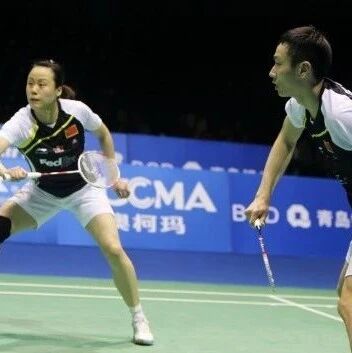Goodbye 2022, hello 2023! Wishing all our badminton friends a smooth and successful journey ahead!

Goodbye, 2022
Hello, 2023
Badminton may seem like a sport that’s easy to pick up, but mastering it and improving your skills can be quite challenging. With just a bit of practice, anyone—regardless of age or gender—can quickly start enjoying the fun of playing badminton.
After consistently playing badminton for a while and feeling like you’ve started to get the hang of it, some players may realize that their skills just aren’t improving—perhaps even noticing a growing gap in strength compared to peers who began practicing around the same time. Yet, they’re not quite sure where to focus their efforts to take their game to the next level.

Sister Lan, a true statistics expert, has compiled 10 of the most common bad habits on the badminton court—simply address each one step by step, and your badminton skills are sure to improve dramatically!
01
When receiving the serve,
There’s no standing with one foot forward and the other back.
For badminton beginners, the most common mistake is failing to adopt a staggered stance—with one foot positioned slightly in front of the other—while waiting for the opponent to serve.
By adopting this stance, your feet can initiate movement more intuitively and swiftly, reducing reaction time—and as a result, both the success rate and quality of your returns improve significantly.
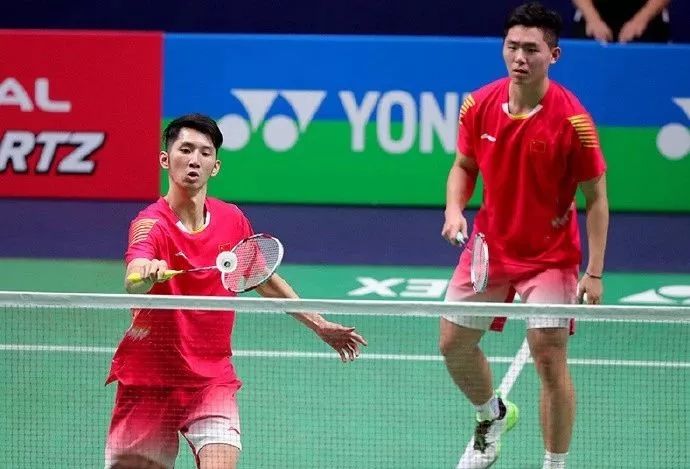
02
After returning the ball, he stood still in place.
Many beginner players, after successfully hitting the ball, instinctively freeze in place, staring intently at the shuttlecock, eager to see whether it cleared the net smoothly and if their opponent managed to catch it.
In fact, whether you keep your eyes fixed on the ball or not, it won’t change its flight path.
So, after each stroke hits the ball, the most important thing to do is quickly move into the right position while the ball is still flying over the net, ready to prepare for the next shot.
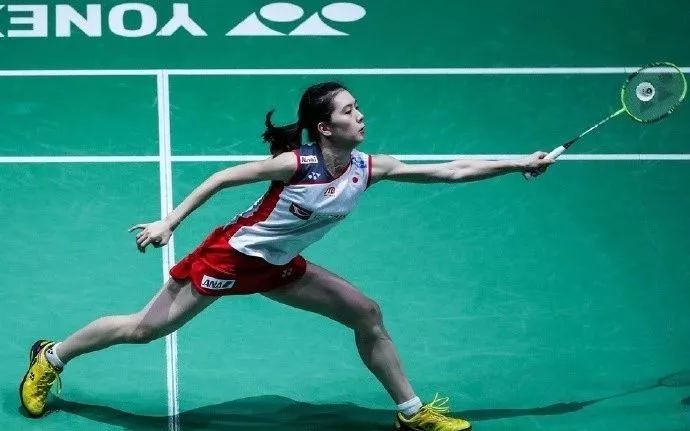
03
Ball contact point too low
Difficult to control the battlefield.
In badminton, mastering a high hitting point will definitely give you more of an advantage than using a low one.
We recommend that golfers treat every swing during regular play as a practice opportunity, striving to master the highest possible impact point with each shot.
04
The force behind the net volley was too strong.
Net play is a common offensive strategy in fast-paced, high-level matches. Because the reaction time for net shots is extremely short, many players fail to properly adjust their wrist angle before powerfully smashing the ball, often resulting in the shot going out of bounds or getting caught in the net.
Actually, using 70% of your strength when blocking the ball can actually help you better control its angle and landing point—plus, it makes the shot more powerful.
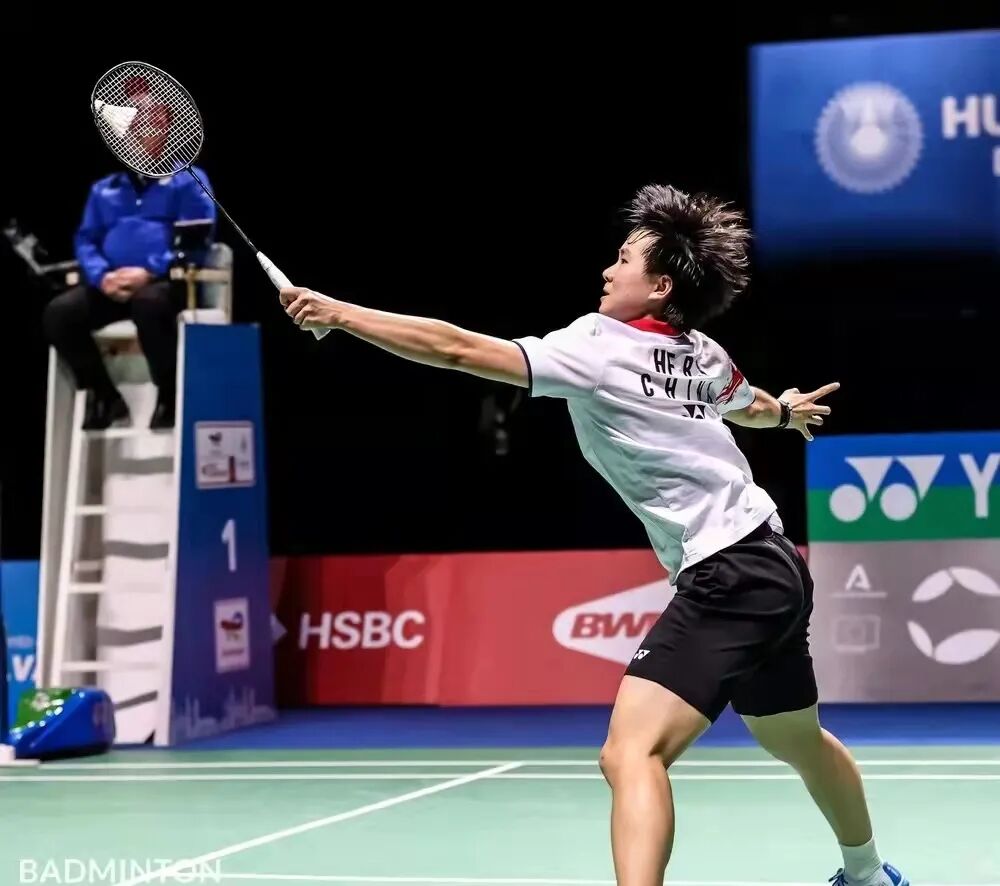

05
Often forget to raise the racket before preparing to hit the next ball.
Amateur players often let their arms drop naturally after hitting the ball, only hurriedly raising, preparing, and swinging their racquet again when the next shot comes flying in.
It is recommended that after each swing, you immediately raise your racket, ready to respond instantly to the next incoming ball. This way, you can save time and streamline the motion of raising the racket, giving you a crucial edge when it’s time to execute your shot!
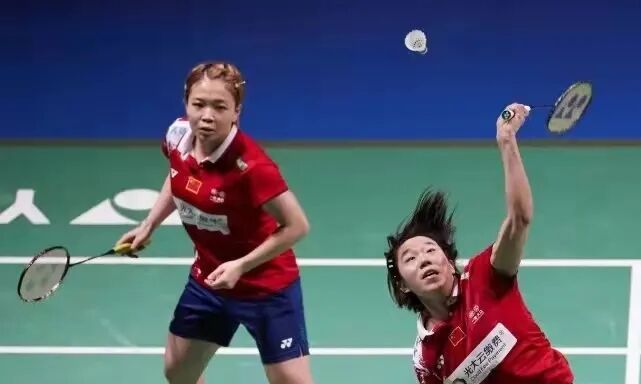
06
Don't bother with balls that aren't yours?!
Newer players often just stand aside and watch when their teammates return the ball.
In doubles, always be ready to cover for your partner.For example: The teammate in the front row is preparing to hit the ball, while you move into position behind him. Even if he swings and misses, you’ll still have enough time to step in and return the shot.

07
Hitting the racket impatiently before reaching the proper position.
The biggest frustration when playing badminton is failing to hit the shuttlecock or missing your shots—and the main reason behind this situation isPlayers rush to swing their rackets and hit the ball before even getting into position.
If you can't swing the racket from a stable posture and position, you won't be able to hit a quality shot. That's why I recommend that players make sure to stand firmly on your feet and get into the proper ready stance before each swing and stroke.
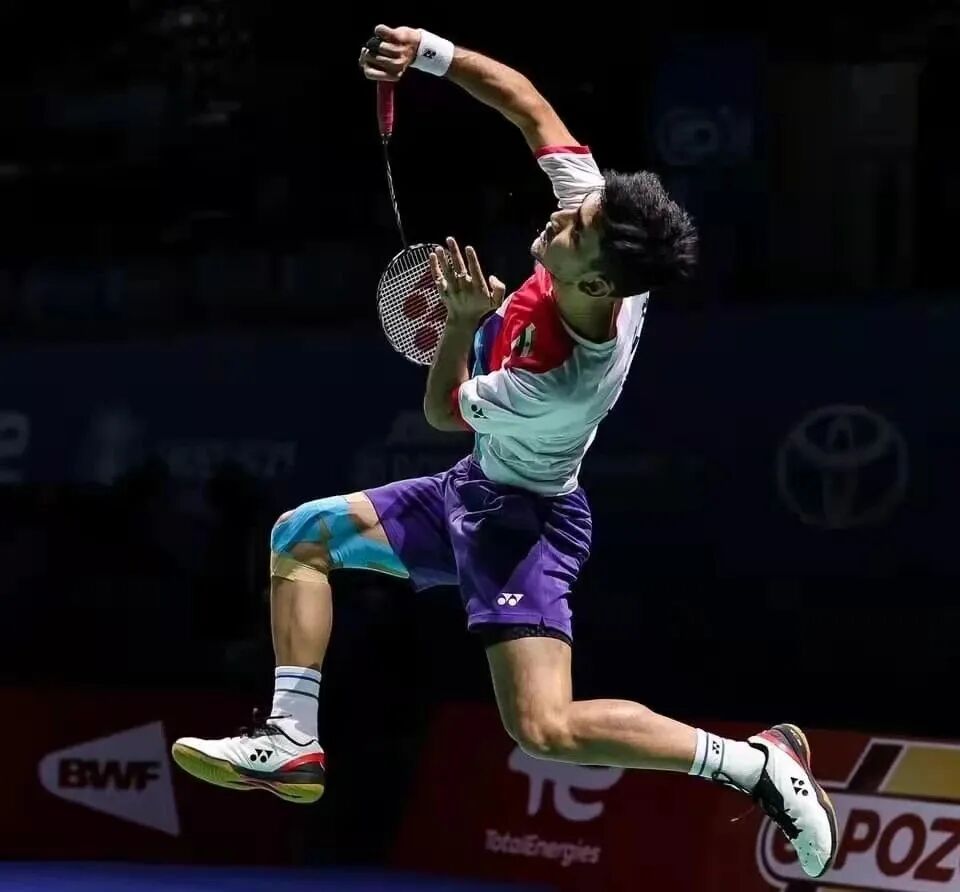
08
The method of applying force is incorrect.
No matter how hard I try, it doesn't work.
Many tennis players tense up their entire body even before preparing to receive the ball, and they keep exerting force throughout the entire swing and impact. This type of power delivery not only leads to a stiff, rigid swing motion that drains energy quickly but also significantly increases the risk of shoulder strain.
To hit the ball with flexibility and produce precise, skillful shots, you must practice the correct power-generation technique.
(1) Keep your body relaxed before catching the ball
(2) When swinging the racket, lead with your upper arm to move the forearm.
(3) At the moment of impact, quickly generate power through your fingers and wrist to send the ball flying.
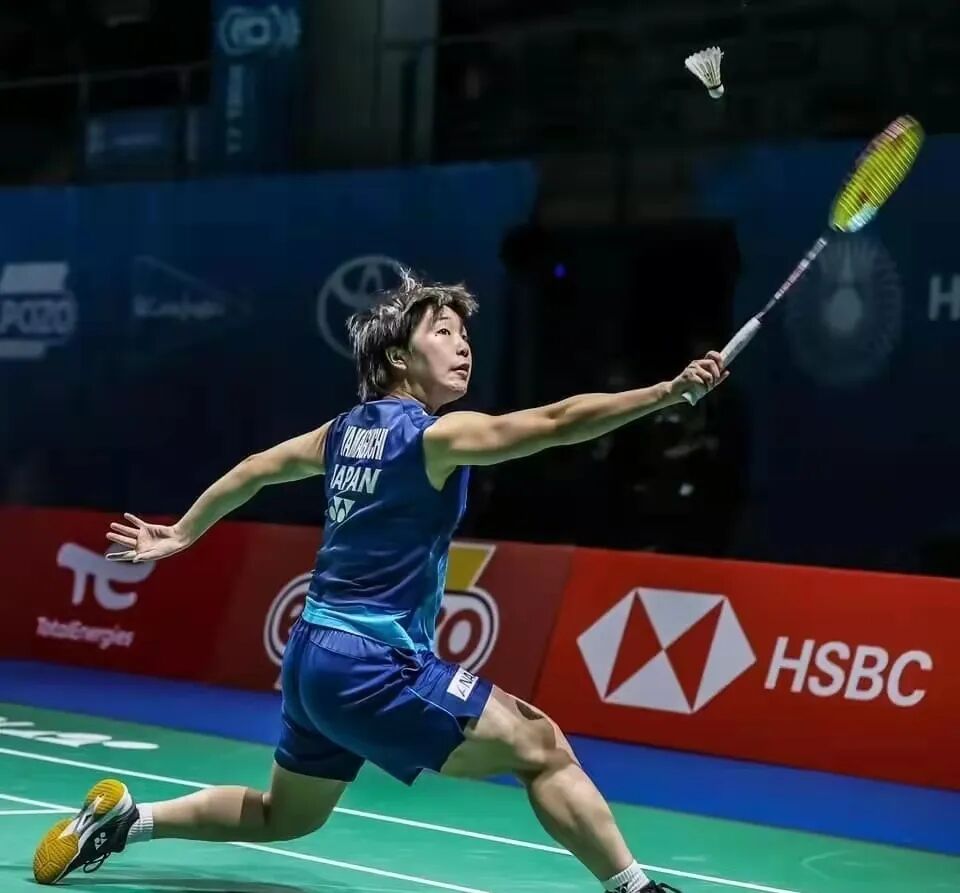
09
No warm-up before the match
Playing badminton engages multiple joints throughout the body, so it’s essential to warm up thoroughly before hitting the court. Loosening up each joint not only enhances your athletic performance but also helps reduce the risk of injuries during play.
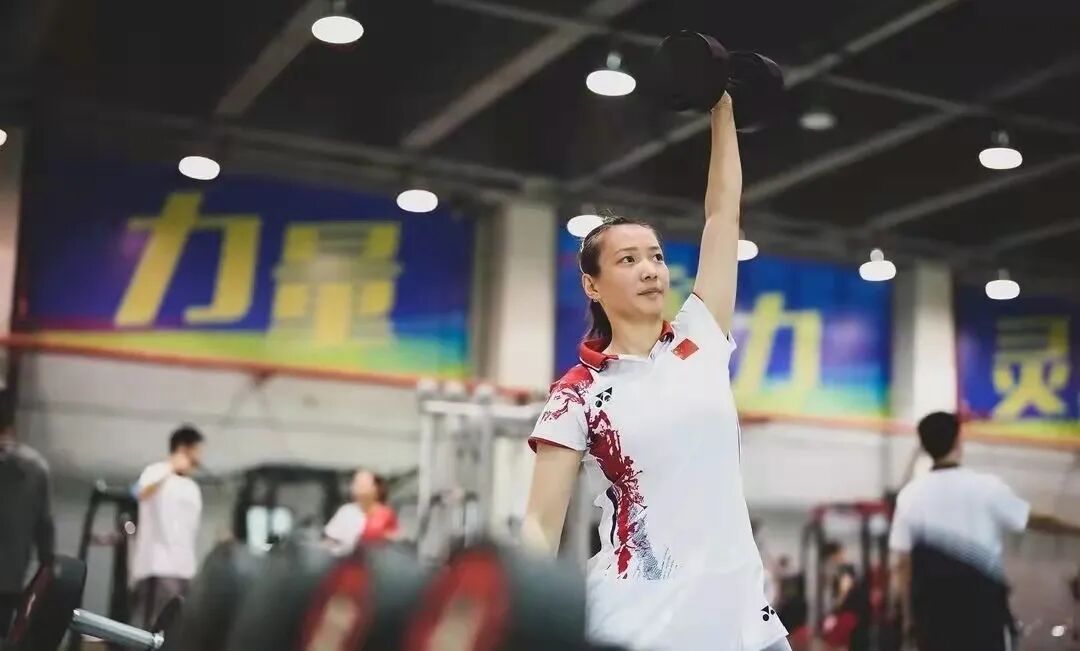
10
Ignoring the importance of relaxing after the ball
After an intense match, many players immediately head to the sidelines to sit down, grab a drink, and catch their breath. While this behavior may seem perfectly natural, it can actually put extra strain on the heart.
Additionally, failing to relax afterward will hinder the body's recovery after significant energy expenditure.
The right approach is to walk around the field a few times after coming off, take some deep breaths, and then perform some simple muscle stretches based on your individual condition. Only after that should you sit down to drink water and rest.





